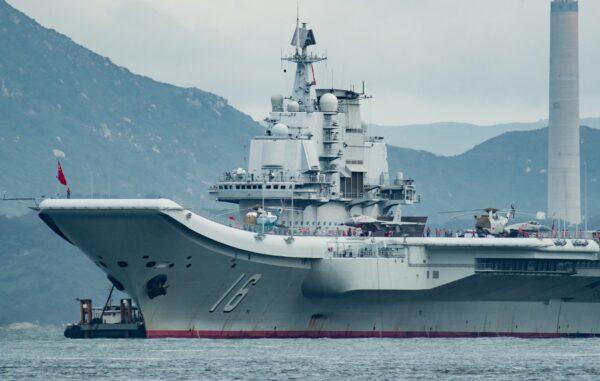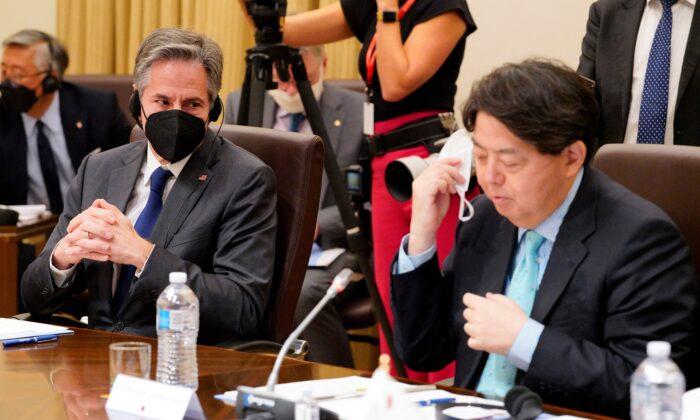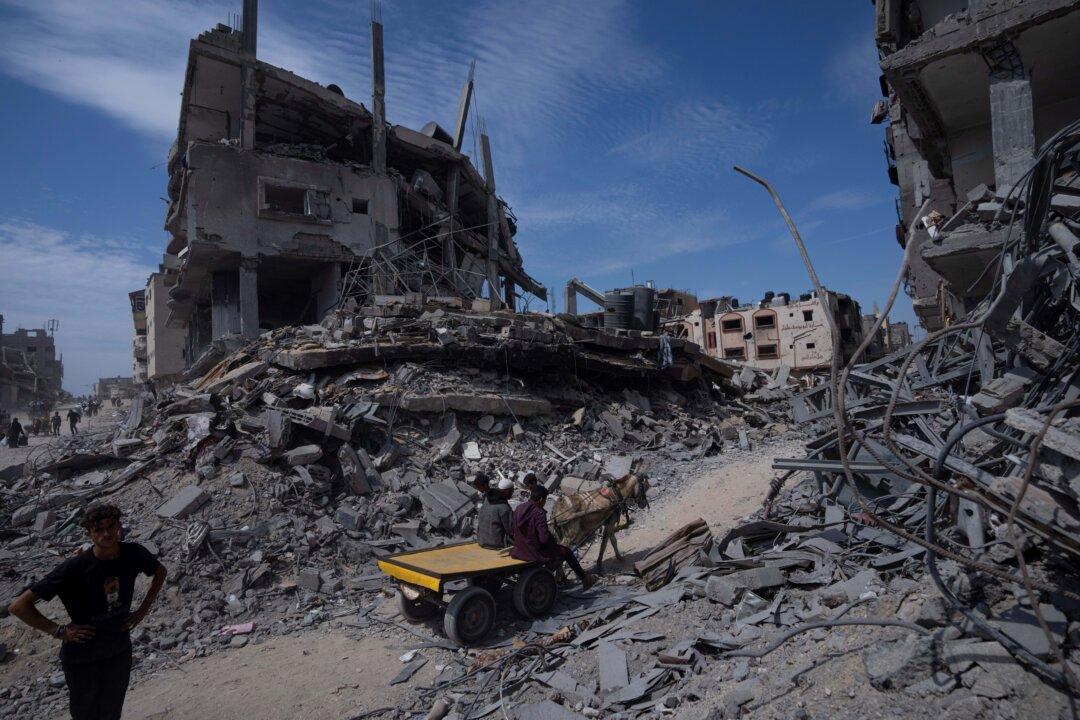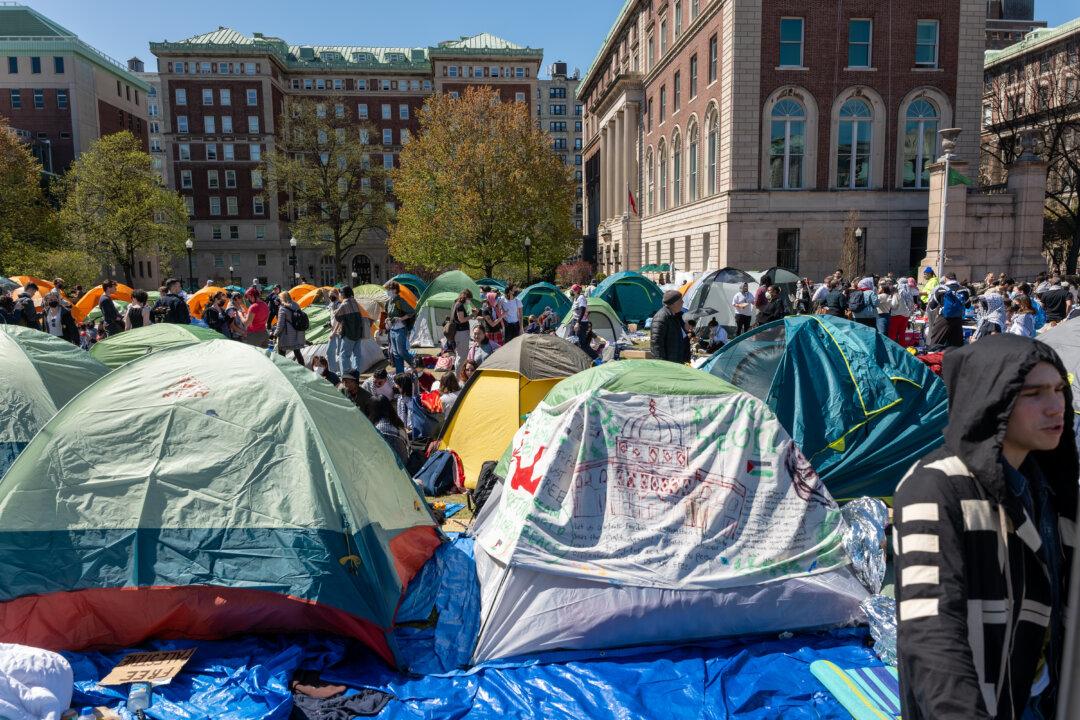The United States and Japan will hold talks between their foreign and defense ministers about strengthening their security alliance in the face of communist China’s growing military threats, Japan’s government said on Jan. 6.
Japan’s Minister of Defense Yasukazu Hamada and Minister of Foreign Affairs Yoshimasa Hayashi will meet with their U.S. counterparts, Secretary of Defense Lloyd Austin and Secretary of State Antony Blinken, in Washington on Jan. 11.
“The focus will be looking at where we can work closely, as always, with Japan to modernize the alliance to take into account the regional security situation as it relates to China, but also as it relates to working closely with other partners in the region,” Ryder said.
“Our focus is on a free and open Indo-Pacific region and working with like-minded nations like Japan to ensure that countries can sail the seas, fly the skies, and operate wherever international law allows,” he added.
The ministerial security talks will be held ahead of a meeting between Japanese Prime Minister Fumio Kishida and U.S. President Joe Biden at the White House on Jan. 13.
The two leaders are expected to discuss regional and global issues, including North Korea’s unlawful ballistic missile programs, Russia’s war against Ukraine, and China’s tensions with Taiwan.
Japan’s National Security Strategy
Japan seeks to have the ability to counterattack as it deals with regional security challenges from China, North Korea, and Russia. The Japanese government approved three key defense documents last month, including the National Security Strategy, which refers to the Chinese regime as Japan’s “greatest challenge.”The move is widely seen as a departure from Japan’s post-war constitution, which renounces war or the use of force in settling international disputes. But Kishida said that Japan would maintain its exclusively defense-oriented policy, which states that defensive force could only be used in the event of an attack.
The defense budget includes expenditures for the improvement and mass production of the Ground Self-Defense Force’s surface-to-ship guided missiles, which are expected to be a key component of Japan’s counterstrike capabilities.
The CCP Threat
Japan is concerned about its vulnerability as the Chinese regime expands its military presence near Taiwan and the East China Sea. The Chinese Communist Party (CCP) had not ruled out using force to bring Taiwan under its control.
Japan monitored the operations after the Chinese naval group, which included missile destroyers, sailed between the main Okinawa island and Miyakojima island into the Western Pacific from the East China Sea on Dec. 16, 2022.
Before returning the same way on Jan. 1, the Chinese carrier conducted more than 300 takeoffs and landings of fixed-wing aircraft and helicopters. Japan did not report any incursions into its territorial waters or airspace.
Japan also reported that it had detected flights by a Chinese WZ-7 drone close to Miyakojima on Sunday and again on Monday, the first time it had spotted the high-altitude drone in the area.






Friends Read Free